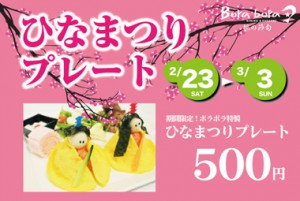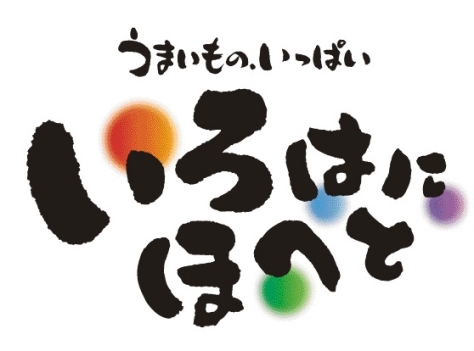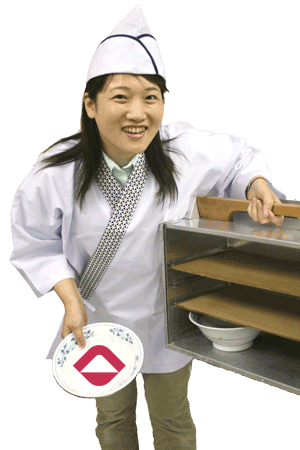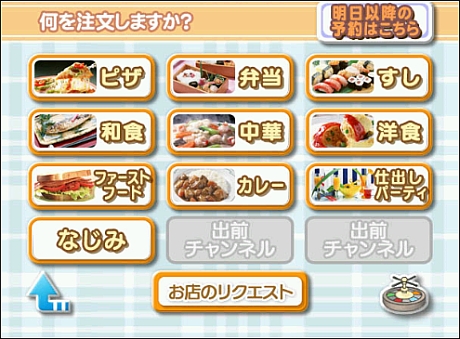source: koicarpers, breda
Category Archives: Customs Culture
An idea:
Draw a simple koi outline and students colour the fish. You can staple the fish around the classroom for Kodomo no Hi, Children’s Day, on the 5th May.
This student did a colour pencil job with a bit of crayon work and it has decorated the wall of the classroom very well. However, one student really went on a mission with gold and red cardboard doing both sides. This koi now has pride of place on the “washing line” in my classroom.
Something special
Dolls’ Festival 3 March 2013 ひなまつり Hinamatsuri
Iroha Japanese syllabary poem
This poem was written obviously by a clever person who figured out that all the basic sound units of the language could be made into a poem. Click on the link above to read a precise explanation.
The centipede game ムカデの ゲーム mukade no geemu
radio-controlled mukade, or centipede
This is the human centipede game in action; it is a wonderful group people co-ordination game. It is often used at school to get groups to co-ordinate and to share activities: it is the ultimate ice-breaker where everyone can join in, be silly and not stand out. The perfect group game.
Becoming of Age – せいじんのひ
to become an adult by law
成人の日
せいじんのひ
seijin no hi
sei 成 せい become
jin 人 じん person
no の の of
hi 日 ひ day
15th January
New Year’s Celebrations, お正月 おしょうがつ oshōgatsu and 出前
On this website we have been able to present you with photos of amazing dishes on grand occasions. Indeed, some of our friends have been specially treating themselves for photography’s sake. (Yes, we have friends like that! Eat your heart out!)
New Year’s Celebrations お正月 おしょうがつ oshōgatsu
However, these photos are more low-key and they are the more practical side to organising a busy time for a family get-together. This meal is still quite expensive, but it shows a more pragmatic approach.
For instance, elderly people do not have the energy during a cold time of the year to go shopping and to stand around in the kitchen preparing food. Grandma loves to have her children and grandchildren around her, but she is not looking for work. A daughter-in-law would take over, but the main food items are bought at the local food hall, taken home and “further got ready”.
Grandma already has all the crockery, the chopsticks ohashi お箸 おはし come from the food hall for the occasion and a variety of dishes is ordered. The food is delivered 出前 でまえ demae. More photos explaining the service are at the bottom of this page.
The daughter-in-law needs to only sort out what goes where and who wants what and what needs reheating, or further preparation.
A soup is a good starter. Some white-flesh fish, a mushroom, some “greenery” and a carrot for colour. This is an individual dish.
Another dish consists of shellfish, pickles and more fish. These boxes are “communal boxes”, so one takes what one wishes.
This container lacquer box お弁当箱お べんとうばこ obentō bako has meats and some eggplant and peas.
A whole snapper! Very expensive, particularly at that time of the year. Guests can pick at the white flesh to supplement their food. A snapper, or 鯛 たい tai, can easily cost up to $100, so it needs to be a special occasion for special guests.
The yellow on the left hand side represents a rolled and sliced fried egg, tamagoyaki, 卵焼き たまごやき (a sort omelette) and the yellow on the right is sliced lotus root. The distinctive holes create an interesting pattern on a plate.
A dish of sashimi 刺身 さしみ adds to the variety and the choice for the guests.
Lastly a plate of beef 牛肉 ぎゅうにく gyūniku completes the meal.
It is easy to prepare one’s own cooked white rice ご飯 ごはん gohan by using the electric rice cooker 電気炊飯器 でんきすいはんき denkisuihanki. Altogether a very expensive meal, a lot of variety and a minimum of fuss for a special occasion. No one has to slave for hours in the kitchen.
The other good thing is that the dishes are easily taken care of: the lacquer boxes お弁当箱お べんとうばこ obentō bako can be returned to the restaurant after a rinse.
新年明けましておめでとうございます。
しんねんあけましておめでとうございます。
shinnen akemashite omedetō gozaimasu
food delivery 出前 でまえ
Depending on the restaurant service, they deliver on the ubiquitous bike, or even by van. Most people would have a menu already at home, so they can choose over the phone what they want and then the firm delivers. Very simple. One can pay at the door, or good customers could also pay later at the restaurant; that would depend on the relationship between the parties concerned.
food delivery 出前 でまえ demae
いただきます
itadakimasu
enjoy your meal!
いただきます
itadakimasu
enjoy your meal!
Edo Daikagura – Juggling in the park
Things you can do with a teapot and a glass of water, while listening to the shamisen and a taiko. Unbelievably entertaining and funny. The simple things in life seem to be the most endearing.
たいこ taiko drum + しゃみせん shamisen three-stringed guitar
So subtle, so very Japanese.
Japanese game of GO
On the computer these days
the digital version
Electronic version
For more detailed information on the game: Go


















































































































































You must be logged in to post a comment.